Whenever you hear a musician at the piano, it's very easy to often think that they're drawing upon some unknown force as music emanates from their finger tips. But when you stop to think about it, they have a skill that's not unlike any other skill a person may have. The thing that accompanies that skill is their thought process.
A "thought process" is the process of using your mind to consider something, or to execute a task that may require a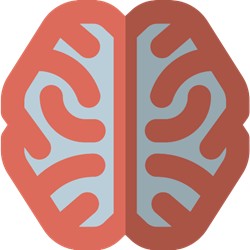 sequence of thoughts as one progresses through it. You utilize several thought processes every day to accomplish goals large and small.
sequence of thoughts as one progresses through it. You utilize several thought processes every day to accomplish goals large and small.
In this article, I want to visually break down the thought process of a chord playing musician at the keyboard. And let me mention, not all musicians are going to have an identical process of thinking about the music they play. But I will say there are a lot of commonalities.
I want to start out with a common scenario of a popular piano playing musician (not classical repertoire). In this case, we're going to start out with a simple lead sheet and go from there as we visually dissect the tools and elements that are available to a piano player.
It begins with the ear in mind
 The precursor of playing a song can and will often be the fact that the musician will have heard the song before. Even though it's not a necessity, it's more common than not because a lead sheet or chord chart doesn't lend itself to sight reading as you find in traditional piano playing. When you know how a song is supposed to sound, it will give you the tools to expand on a written form of the music. It will also help you override a poor or unsatisfying arrangement that may not reflect the way a song originally sounds. So the thought process begins with the ear in mind.
The precursor of playing a song can and will often be the fact that the musician will have heard the song before. Even though it's not a necessity, it's more common than not because a lead sheet or chord chart doesn't lend itself to sight reading as you find in traditional piano playing. When you know how a song is supposed to sound, it will give you the tools to expand on a written form of the music. It will also help you override a poor or unsatisfying arrangement that may not reflect the way a song originally sounds. So the thought process begins with the ear in mind.
It's key to know the key
With a lead sheet, the key a piece of music is in is given in the key signature. (key signature G example) With this knowledge, the musician knows what 7 different notes the music they're playing is going to be centered around. 
It's Good to Be in the Family
Every key of music has a family of chords that support being in that particular key. It's referred to as "diatonic harmony". Diatonic just means "in the key". Just as you have 7 different notes in the key, there are 7 different corresponding chords based on them.
(Diatonic harmony in the key of C for example)






A Symbol of Freedom
The lead sheet will display one or more chord symbols above each measure or bar of music. Chord symbols free the musician from having to read every note in which they play because they signify a group of notes with this one chord symbol per chord. Chords are the framework of the song. And it can be played with this information alone if the musician wishes to ignore the melody. They can also be voiced (or spread out) in a number of ways to give the music an interesting texture that creates a satisfying sound. 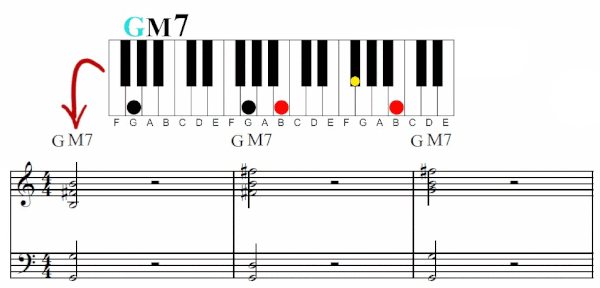
Play Me a Melody
The lead sheet is going to provide a one note melody line. But that's not a musical way to play it. A musician will utilize this very simple notation to play the song in a way that embellishes and/or harmonizes it to sound like a piece of music that we're used to hearing in an actual performance.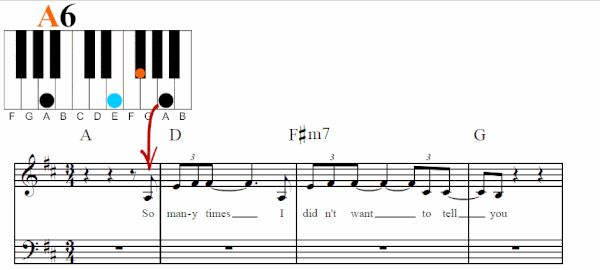
Getting to Home Bass
Most lead sheets don't provide bass notes because there's no bass clef. But because the chord symbol aids in notating the song, it indicates that the root of the chord will be played in the bass. This can occur in the following ways: (Root, root in octaves, root-fifth etc.)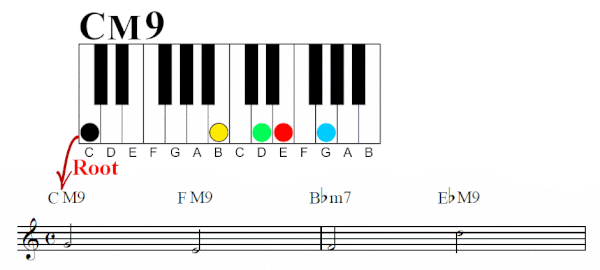 If there's a slash indicating a slash chord, you just play the note at the end of it.
If there's a slash indicating a slash chord, you just play the note at the end of it. 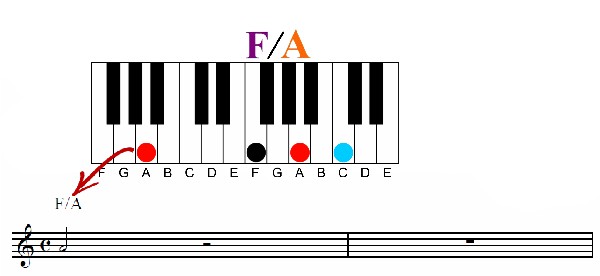
You've (already) Got Rhythm
There's nothing in the lead sheet to indicate how the rhythm in the bass is going to be played. This is where the musician goes back to knowing how the song sounds based on the their aural memory, or they way they remember hearing the song.
The rhythm in the bass may not be very lively, so it could be as simple as playing one bass note per chord. If it's a more rhythmic sounding song, the bass notes could be a succession of more frequent notes such as 8th notes.
Breaking the Rules (but only when you want to)
Any popular or contemporary musician knows that music may be written on paper, but never written in stone. Even  though we all have an expectation of how a song or piece of music is "supposed" to sound, the reality is, it's subjective. There's no right or wrong in music and there aren't any rules as to how a song is to sound. It can only be assessed as tasting good or bad to each individual. A musician knows that any song can be remixed, rearranged, re-harmonized or just played a little differently than what it normally sounds like. And that's perfectly ok.
though we all have an expectation of how a song or piece of music is "supposed" to sound, the reality is, it's subjective. There's no right or wrong in music and there aren't any rules as to how a song is to sound. It can only be assessed as tasting good or bad to each individual. A musician knows that any song can be remixed, rearranged, re-harmonized or just played a little differently than what it normally sounds like. And that's perfectly ok.
I've shared with you the thought process of a musician at the keyboard with a common tool known as a lead sheet. This would be the same with a chord chart or perhaps no written form of music at all in front of them. Just know that learning how to be a musician at the piano consists of accumulative knowledge and skill. So the actual thought process really develops on its own as you progress.
Until next time, Go Play!
Greg Lee
Latest posts by Greg Lee (see all)
- What is a minor/Major 7 Chord? - October 26, 2023
- 7 Chord Substitutions that Professionals Use - October 19, 2023
- 5 Simple Chord Tricks to Sound Amazing - October 5, 2023



